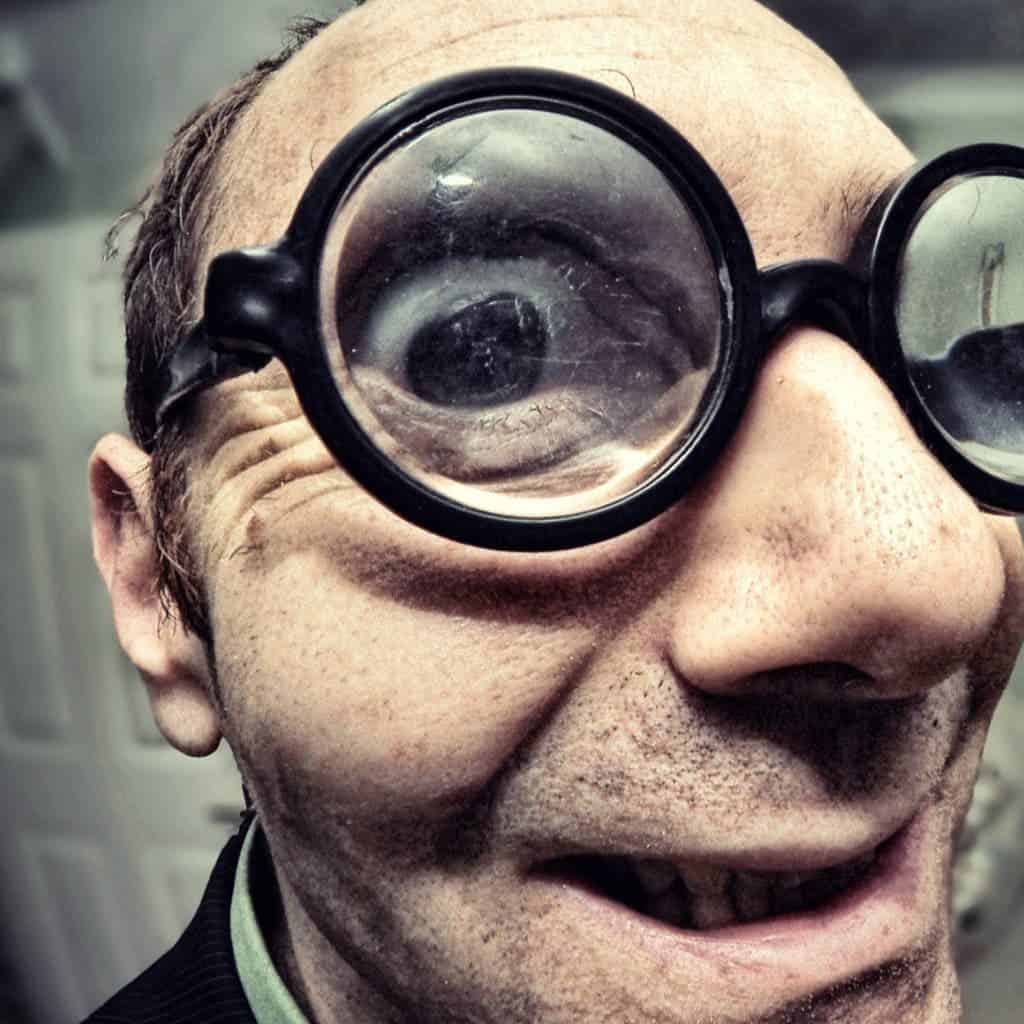Nearly half the world’s population, close to some 5 billion people, will develop myopia by 2050 according to a study recently published in the journal Ophthalmology. The paper also estimates that one-fifth of these people will have a significantly increased risk of becoming permanently blind from the condition if recent trends continue.

“Can you come a bit closer? I can’t see you yet.”
Image via flikr @ Paul Stevenson.
The number of myopia cases is rapidly rising across the globe, making it one of the most common sight-impairment conditions of the modern world. This increase is attributed to “environmental factors (nurture), principally lifestyle changes resulting from a combination of decreased time outdoors and increased near work activities, among other factors,” according to a new study from Brien Holden Vision Institute, University of New South Wales Australia and Singapore Eye Research Institute.
Even worse, if the current trends continue, the paper warns that we’ll see a seven-fold increase in cases from 2000 to 2050. Myopia will also become one of the leading causes of permanent blindness by that date.
But why? Short-sightedness has always been around but never at the scale this study predicts.
It’s mostly due to the way we use our eyes today. For most purposes, our eyes are good at spotting far away objects, but they have been mostly relegated to short distance duty nowadays. Our daily activities involve a lot of “near work activities,” such as using a computer, scrolling on a smartphone or reading. Constantly keeping focus on a short distance leaves the crystalline lens in our eyes set on them, in a sense, and unable to effectively focus on objects farther away.
The authors point out that this has become a major public health issue, one that we’ll have to tackle — preferably sooner rather than later. They suggest that planning for comprehensive eye care services is needed to manage the rapid increase in high myopes (a five-fold increase from 2000), along with the development of treatments to control the progression of myopia and prevent people from becoming highly myopic.
“We also need to ensure our children receive a regular eye examination from an optometrist or ophthalmologist, preferably each year, so that preventative strategies can be employed if they are at risk,” said co-author Professor Kovin Naidoo, CEO of Brien Holden Vision Institute. “These strategies may include increased time outdoors and reduced time spent on near based activities including electronic devices that require constant focussing up close.
“Furthermore there are other options such as specially designed spectacle lenses and contact lenses or drug interventions but increased investment in research is needed to improve the efficacy and access of such interventions.”
Yea so….I’d say investing in the glasses industry will probably net you a nice return in a few years.
But there is an upside to this paper. Don’t want myopia? Drop your laptop and spend some time in the park. Put your smartphone in your pocket and look at the city as you walk to work or school. You might even end up having fun.
The full paper, titled “Global Prevalence of Myopia and High Myopia and Temporal Trends from 2000 through 2050” is available online in the journal Ophthalmology here.









